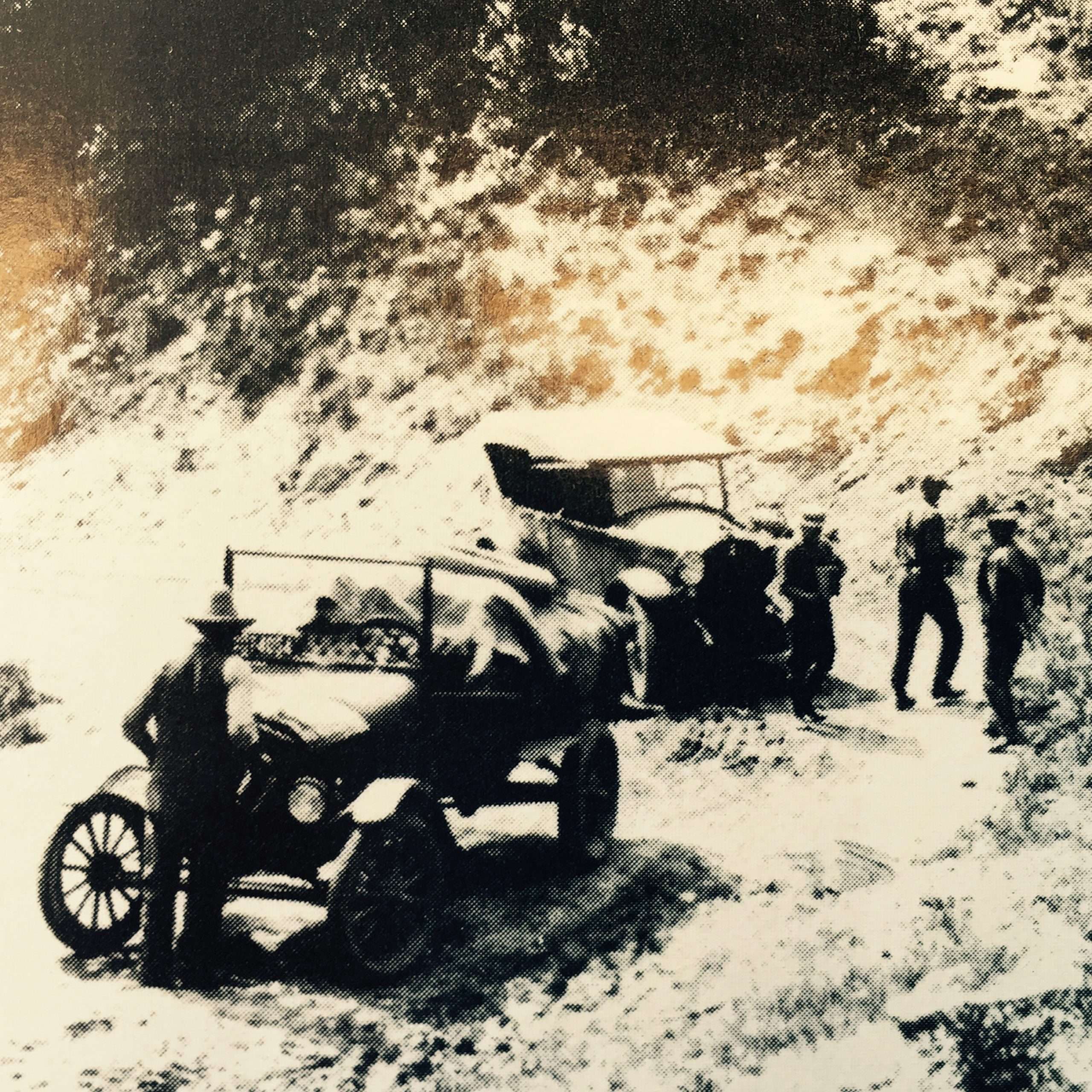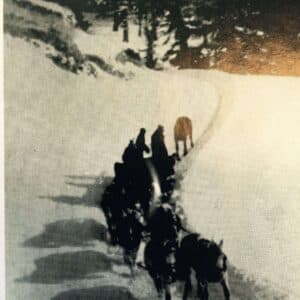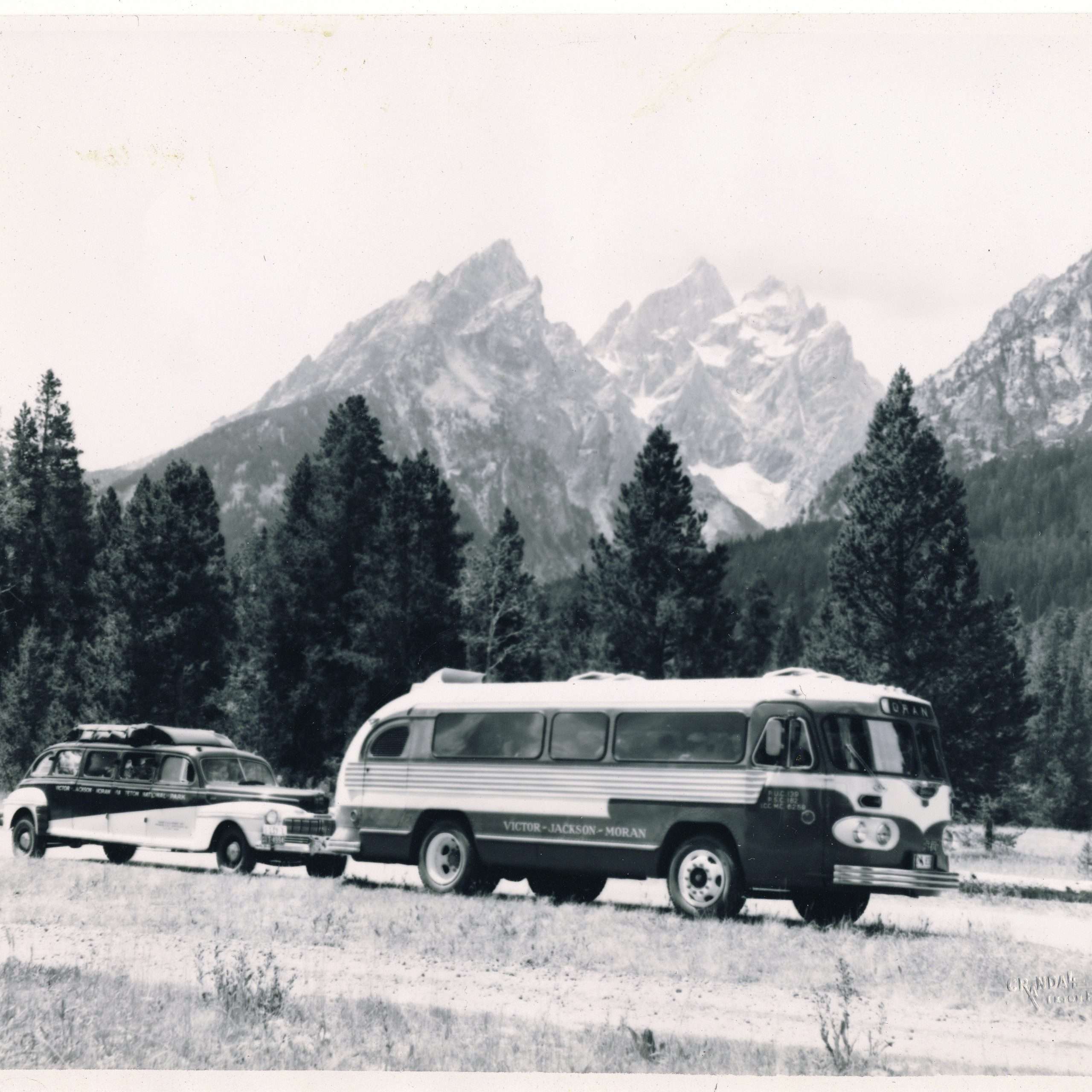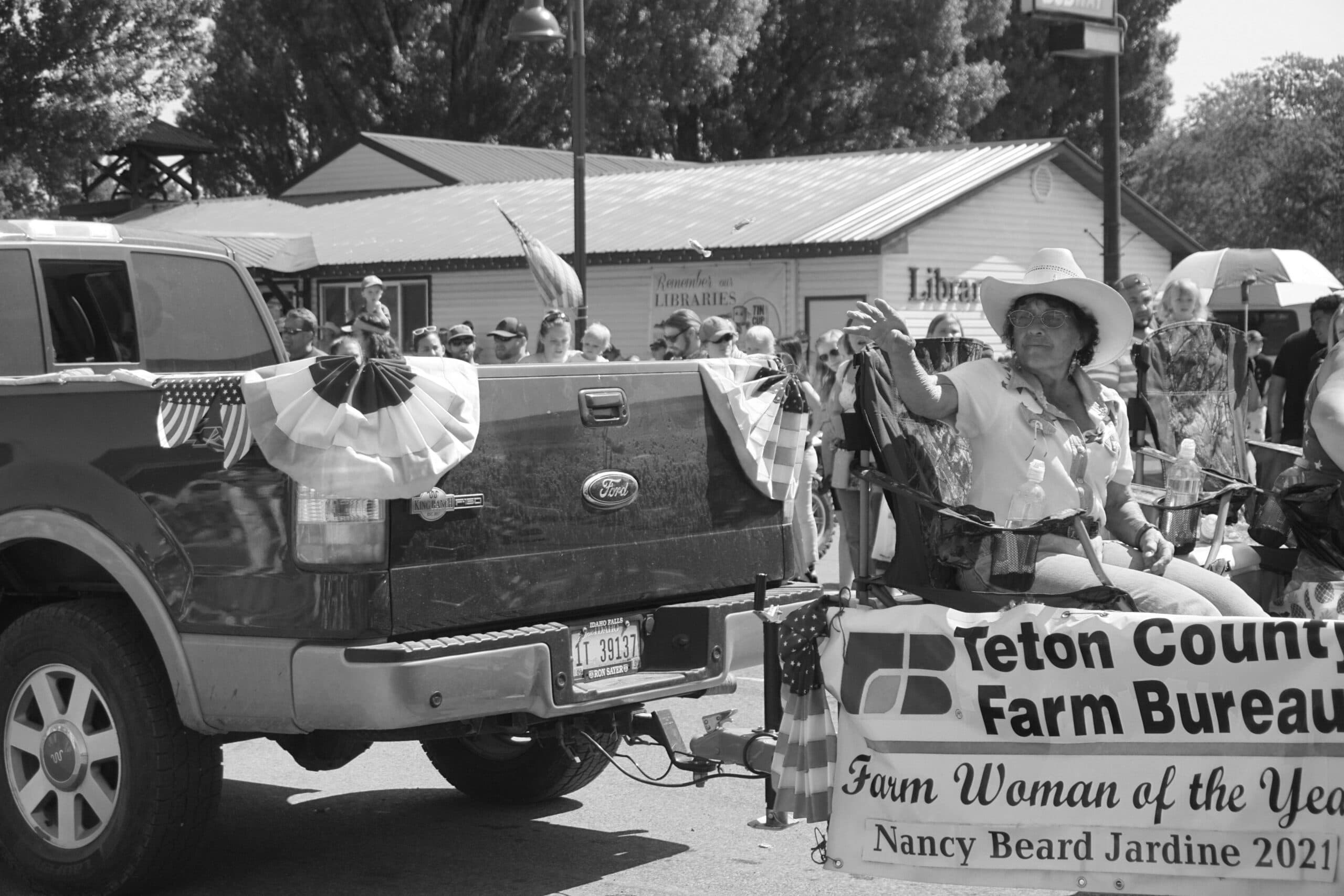Teton Pass Making the Grade

With avalanches, steep grades and unparalleled scenery competing for the attention of its travelers, Teton Pass can be as compelling today as it was nearly 200 years ago.
White men first began traveling over the Tetons along ancient game trails the native people followed. John Colter may have traversed Teton Pass in 1807 when he became the “discoverer” of Teton Valley but no one is certain which path his Crow guides chose. In her book The Pass, Doris B. Platts whites that Teton Pass initially became known as Hunt’s Pass for Wilson Price Hunt, the first white man to document using the route in 1811. For many years to follow, foot travel over the pass was attempted only by native people, trappers and missionaries.
One such missionary, the Rev. Samuel Parker, experienced the rough trail in 1835 in the company of Jim Bridger, Kit Carson and other notable mountain men.
“On the twenty-eighth we pursued our journey and passed over a mountain so high that banks of snow were but a short distance from the trail,” Parker wrote of their August crossing. “When we had ascended two-thirds of the way, a number of buffalo, which were pursued by our Indians, came rushing through the midst of our company. One ran over a horse, on the back of which was a child and threw the child far down the descent, but providentially it was not materially injured. Another ran over a pack horse and wounded it deeply in the shoulder.
“Our descent was through woods more dense than those on the other side and the most dense of any forest since we left the waters of the Missouri. Many parts of the descent were of almost impassable steepness, and part of the way down a rough deep ravine a stream of water commences and increasing from springs and rivulets to considerable magnitude, winds its way through the valley of Pierre’s Hole…”

James Thomas, Sr. of Victor is Nick’s great-great grandson. He grew up listening to the family stories of the journey, many of which his mother recorded in her journal.
To make the crossing, the Wilsons cleared trees along the way to widen the path. When deadfall and snags made forward travel impossible, the party stacked logs on either side and drove the wagons up and over the pile. The wagons were modified by moving the larger rear wheels to the front to level the load.
The settlers wearily gained the top of Teton Pass on November 1, where they were approached by a Shoshone hunting party traveling from the opposite direction. Most of the Wilsons had never encountered native people before but Nick had lived with the Shoshone for three years as a child. He knew one of the hunters and as snow softly fell on the summit, they traded stories in the night around a blazing bonfire.
Continuing their journey, the Wilsons “rough-locked” the wheels and dragged trees behind the wagons to slow their speed for the downhill portion. Rough-locks consisted of large, untrimmed trees chained to the wheels to lock them up. For many years, this was the preferred method of descending the ungraded steeps. It was the only way to prevent a wagon from running up against the back legs of the horses.
At a cost of $500, the Teton Pass road was improved in 1901 from a brush-covered trail into a narrow wagon road, according to Platts. Despite the upgrade, an army engineer later described Teton Pass as “incomparably the steepest road I have ever seen. It appears utterly incredible that a wagon can be hauled up and held back going down.” Wagon drivers were still required to block their back wheels with trees and/or logging chains in order to negotiate the downhill grades that were 19 percent in some places. The one-way trip usually took an entire day, with a loaded wagon ascending at a rate of about a half-mile an hour.
Road conditions may have been harsh but Teton Pass was a lifeline forth growing community in Jackson Hole. The railhead in St. Anthony, Idaho, was the nearest shipping point for livestock and supplies until the spur line into Victor was completed in 1913. Victor was also the source for Jackson Hole’s mail.
The stage horse teams of four to six (depending on the road conditions) were changed at the summit and Buckets Spring, still easily visible from the top parking turnouts, provided drinking water for travelers and stock. The Canyon Road House (also known as Bircher Roadhouse) at Coal Creek on the west side of Teton Pass accommodated commuters.
During that era, Fay Rammell’s grandfather Samuel Boyle carried the mail from Victor to Moran. For five years Boyle made the three-day journey on horseback, wagon or sleight.
The first automobile chugged over the pass under its own power in 1914 but winter travel was still confined to canvas-covered, woodstove-heated, horse-drawn sleighs. Horses were used to “break open” or “bull dog” the road to keep it own in the winter. Starting from the summit, the team dragged a plank known as a “go devil” to plow the road.
Rammell remembers winter journeys from her childhood home in Jackson to her grandparents’’ house in Victor. She and her brother would hike in front of the mail sleigh because the horses moved so slowly through the deep snow. They would make the summit an hour or more faster than the horse-drawn sleigh, then slide down on the bottoms between the switchbacks.
On July 25, 1918, what is now known as the “Old Pass Road” was completed. Rammell’s family lived on the summit that summer as her parents cooked for the construction crew. She was only 3 years old but says she remembers the arduous task of building a mountain pass road with no motorized vehicles or tools.
One day the foreman asked the Rammells to back far away as the crew prepared to bomb a difficult section of rock. After a tremendous blast, the family found that a “room-sized rock” had bounced through camp, crushing the cook tent and flattening the stove.
The road was a big improvement over the previous route but it was still characterized by steep switchbacks, some with a 16-percent grade. The lane was so narrow that downhill traffic was obliged to pull out on the occasional wide spot to allow the uphill travelers past. Cars became the more common mode of transportation but even in the summer, they couldn’t regain their momentum if they stopped facing uphill.
Rammell recalls how her mother had to back their Model T Ford all the way up the long grade. The early cars lacked fuel pumps, relying on gravity flow to supply gas to the motor. The Model T’s tank was in the back of the car, so it had to be driven in reverse on the steeps to keep the engine running.
The present Wyoming Hwy. 22, completed in 1961, follows the general route of the Old Pass Road. Although its 10-percent grade is intimidating to some, Rammell likes to drive to the summit on a joy ride. “It’s a boulevard completed to what we used to have,” she says.




